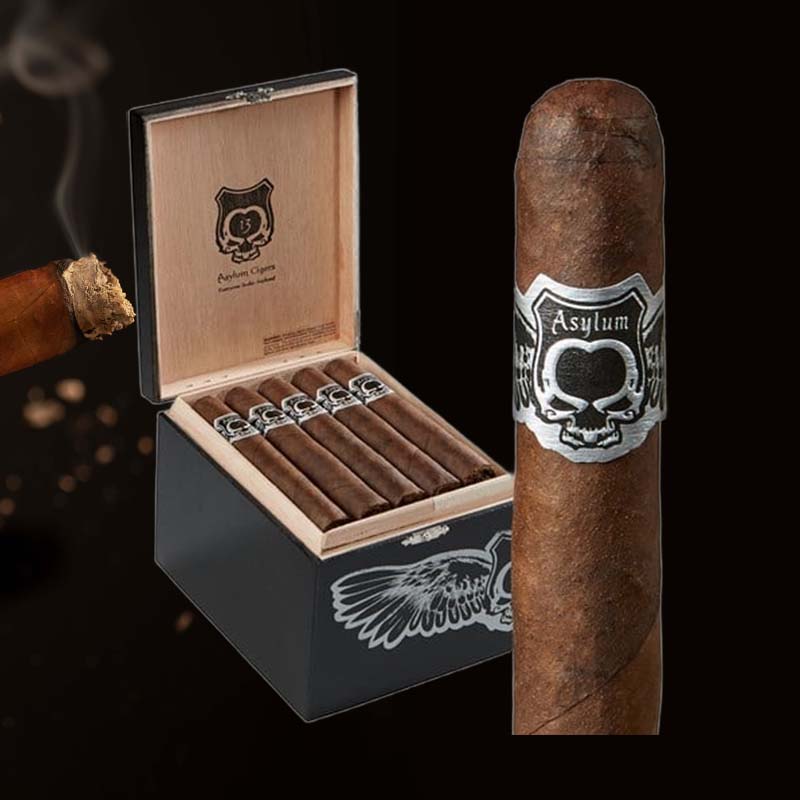Why won't my torch lighter ligh
As an avid cigar enthusiast, there’s nothing more frustrating than reaching for my trusty torch lighter and finding it won’t light when I need it the most. Perhaps you’ve been in a similar situation—you’re all set for your evening smoke, only to discover that your lighter is refusing to cooperate. It’s enough to make anyone grimace in annoyance! So why won’t your torch lighter light? In this article, I’ll dive into the common reasons behind this pesky issue, and provide you with maintenance tips and troubleshooting steps to bring your lighter back to life.
Common Reasons for a Torch Lighter Not Lighting
1. Dirty Burners
One of the first culprits I consider is dirty burners. Over time, residue from the butane, ash, and other debris can accumulate around the jets. This buildup can obstruct the fuel flow and prevent ignition. I’ve found that a quick inspection and cleaning of the burner’s ports typically does wonders. A simple brush or a can of compressed air can help clear out any blockages, restoring my lighter’s functionality.
Fuel Issues with Torch Lighters

2. Butane Lighter Tank is Empty
It may seem obvious, but I often overlook the fact that my lighter might simply be out of fuel. The excitement of a perfect cigar moment makes me forget to check the butane level before use. Always keep an eye on your butane tank. A quick refill is often all it takes to revitalize my lighter.
3. Need to Adjust Fuel Settings
Sometimes, the fuel settings may be set too low or too high. I recommend checking the adjustment dial; a small tweak can allow for a stronger flame and enhanced performance. This adjustment can make an immediate difference in how quickly your lighter ignites!
Ignition Problems

4. Spark, But No Light
So there I am, hearing that satisfying spark but seeing nothing ignite. This usually indicates that while the ignition system is working, there’s a fuel flow issue. It’s a bit of a tease! In many cases, cleaning the burner ports can clear this up, enabling the butane to escape freely.
5. Air Trapped in Fuel Lines
Air can sometimes get trapped in the fuel lines of my lighter, especially if it hasn’t been used for a while. I find that simply releasing some fuel in a well-ventilated area can help expel excess air and restore proper functionality.
Maintenance Tips for Torch Lighters

6. Clean the Jets Regularly
To keep my torch lighter in peak condition, I make it a habit to clean the jets regularly. Doing this prevents buildup and ensures a consistent flame whenever I need it. A little preventative maintenance goes a long way!
7. Replace or Check Flint
While flint lighters and torch lighters differ in mechanics, it’s still essential to check components akin to flint. If it’s wearing out or damaged, it won’t ignite properly. Replacing it can be a simple fix that breathes new life into my lighter.
Temperature and Weather Impact
8. Effects of Cold Weather on Lighter Performance
I’ve experienced my torch lighter failing to ignite on particularly cold days. Extreme temperatures can affect butane’s ability to vaporize, thus limiting the lighter’s performance. If you’re in chilly weather, warm the lighter in your hands for a minute or two to help it perform better.
Troubleshooting Steps

9. Quick Fixes for Common Issues
If I find myself in a bind, I often follow a few simple troubleshooting steps:
- Check the fuel level first.
- Clean the burners with compressed air or a brush.
- Adjust the fuel flow settings gradually.
- Check for trapped air by slightly releasing gas.
These quick fixes usually resolve most minor issues.
How to Properly Refill Your Torch Lighter
10. Bleeding the Tank Before Refilling
When it’s time to refill, I always remember to bleed the tank first. Pressing the refill valve helps release any remaining butane and any trapped air. This ensures that the new fuel fills the tank effectively, without any complications.
11. Waiting for the Lighter to Warm Up
After refilling, I’ve learned that waiting a couple of minutes allows the lighter to warm up to its optimal operating temperature. This helps ensure that my next attempt to ignite it is successful.
Final Tips for Ensuring Your Torch Lighter Works

12. Checking for a Hissing Sound
If my lighter is functioning properly, I expect to hear a slight hissing sound during ignition—this indicates that the fuel is being released correctly. If not, I double-check everything from the fuel tank to the burner.
When to Seek Professional Help

13. Identifying Major Problems
If I’ve tried all the fixes and it’s still not working, it might be time to seek professional assistance. Major issues could involve complex internal problems that I simply can’t fix myself. In such cases, consulting with a professional ensures a thorough and safe repair!
FAQ

Why does my torch lighter spark but not light?
This often means the ignition is functioning, but there’s a fuel flow issue or blockage, usually resolved by cleaning the burner or checking fuel levels.
How to fix a butane lighter that won’t light?

First, check fuel levels, then clean the jets, and adjust the fuel settings. Ensure there’s no air in the lines; these steps usually help.
What causes a torch lighter to stop working?
Common causes include fuel issues, dirty burners, trapped air, or extreme temperatures that affect ignition and fuel vaporization.
Why is my butane torch not igniting?

A butane torch may not ignite due to empty fuel tanks, dirty burners, improper fuel settings, or temperature effects. Cleaning and refilling often resolve these issues.
